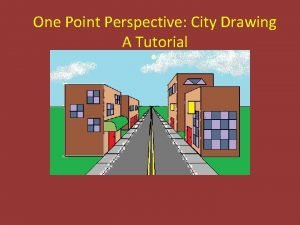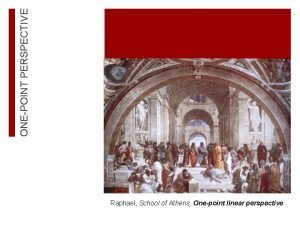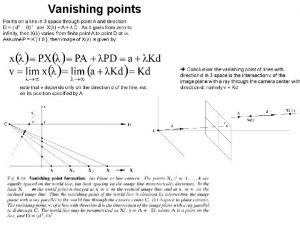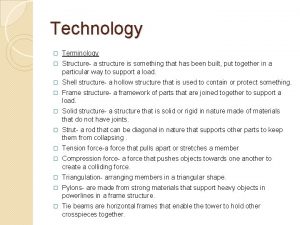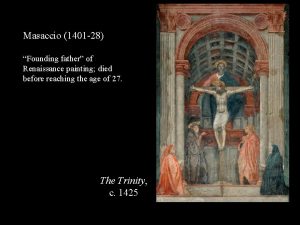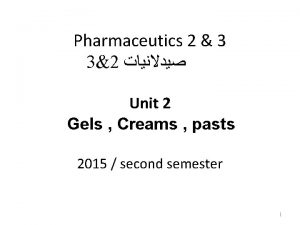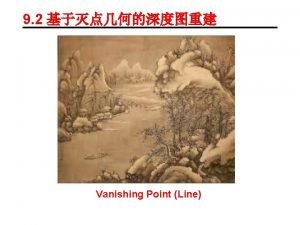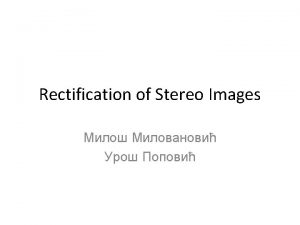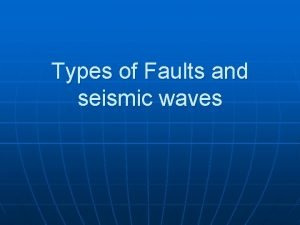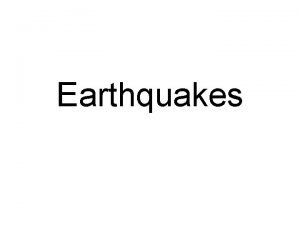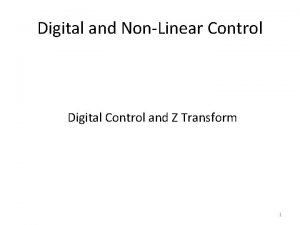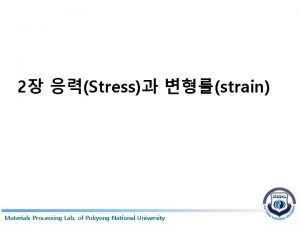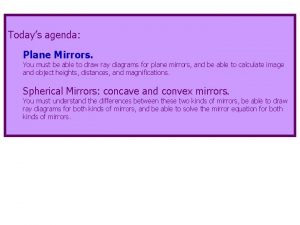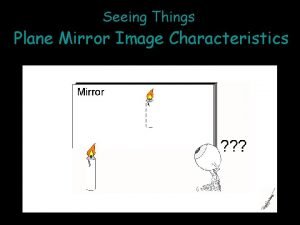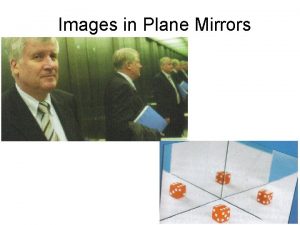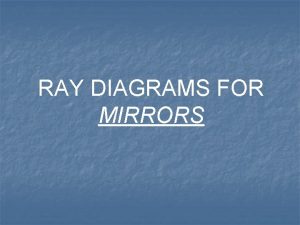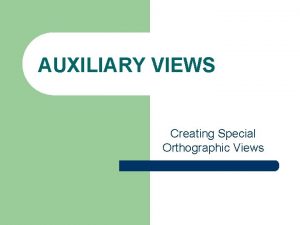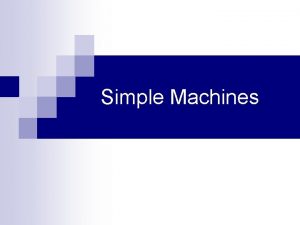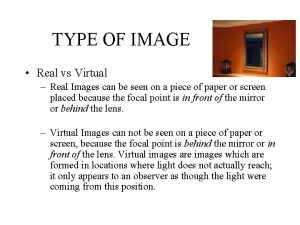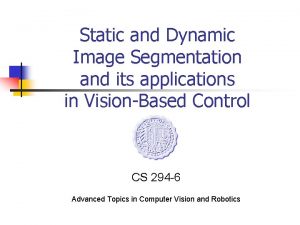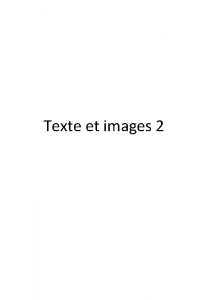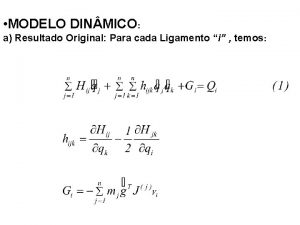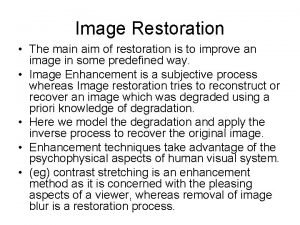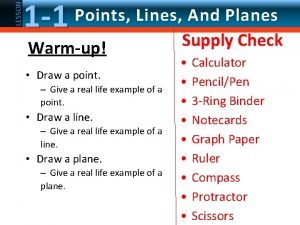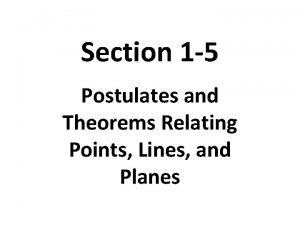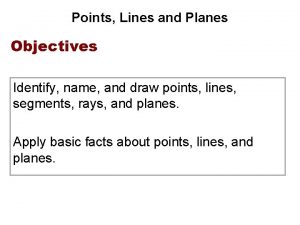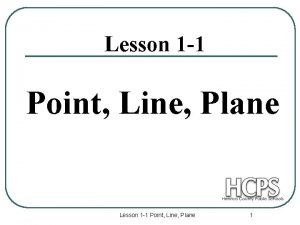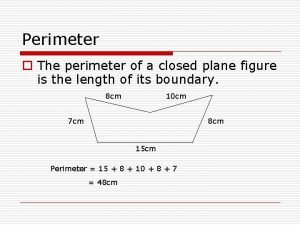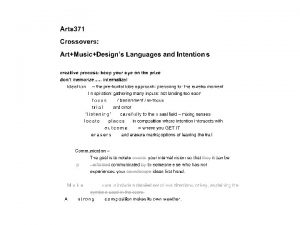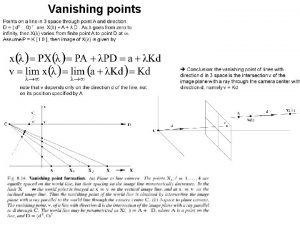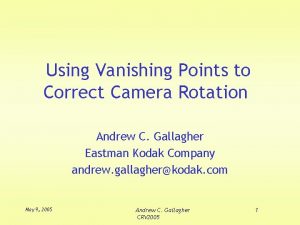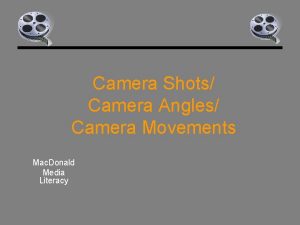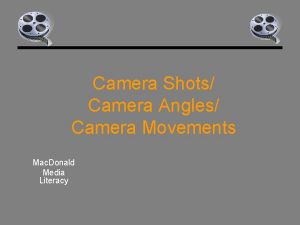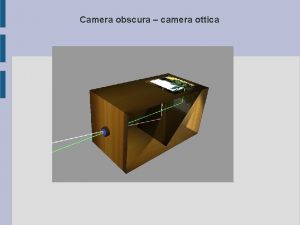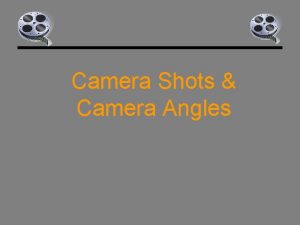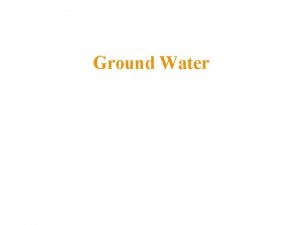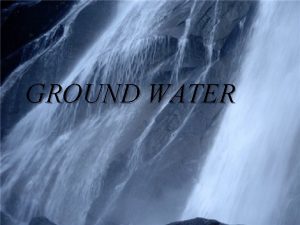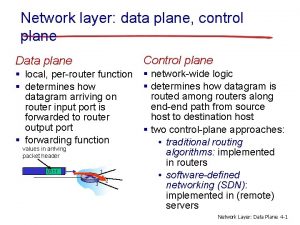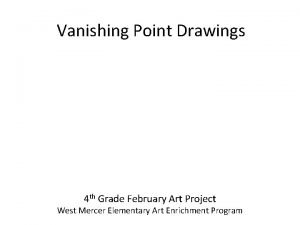image plane vanishing point camera center ground plane















































![高斯插值 使用高斯插值获得模糊函数 Focus measure [SML] NP Measured curve Nk Ideal condition Nk-1 Nk+1 dk-1 高斯插值 使用高斯插值获得模糊函数 Focus measure [SML] NP Measured curve Nk Ideal condition Nk-1 Nk+1 dk-1](https://slidetodoc.com/presentation_image/30dd6d9fcd63358b36fcc8f6b23bd637/image-48.jpg)















- Slides: 63










消失点 image plane vanishing point camera center ground plane 消失点 • 无穷远点在图像平面上的投影 • 由理想直线引起

消失点(2 D) image plane vanishing point camera center line on ground plane




Computing vanishing points V P 0 D Properties • P is a point at infinity, v is its projection • They depend only on line direction • Parallel lines P 0 + t. D, P 1 + t. D intersect at P

Computing vanishing lines C l ground plane Properties • l is intersection of horizontal plane through C with image plane • Compute l from two sets of parallel lines on ground plane • All points at same height as C project to l – points higher than C project above l • Provides way of comparing height of objects in the scene


Fun with vanishing points

“Tour into the Picture” (SIGGRAPH ’ 97) Create a 3 D “theatre stage” of five billboards Specify foreground objects through bounding polygons Use camera transformations to navigate through the scene

The idea Many scenes (especially paintings), can be represented as an axis-aligned box volume (i. e. a stage) Key assumptions: • All walls of volume are orthogonal • Camera view plane is parallel to back of volume • Camera up is normal to volume bottom How many vanishing points does the box have? • Three, but two at infinity • Single-point perspective Can use the vanishing point to fit the box to the particular Scene!

Fitting the box volume User controls the inner box and the vanishing point placement (# of DOF? ? ? ) Q: What’s the significance of the vanishing point location? A: It’s at eye level: ray from COP to VP is perpendicular to image plane. Why?

Example of user input: vanishing point and back face of view volume are defined High Camera

Example of user input: vanishing point and back face of view volume are defined High Camera

Example of user input: vanishing point and back face of view volume are defined Low Camera

Example of user input: vanishing point and back face of view volume are defined Low Camera

Comparison of how image is subdivided based on two different camera positions. You should see how moving the vanishing point corresponds to moving the eyepoint in the 3 D world. High Camera Low Camera

Another example of user input: vanishing point and back face of view volume are defined Left Camera

Another example of user input: vanishing point and back face of view volume are defined Left Camera

Another example of user input: vanishing point and back face of view volume are defined Right Camera

Another example of user input: vanishing point and back face of view volume are defined Right Camera

Comparison of two camera placements – left and right. Corresponding subdivisions match view you would see if you looked down a hallway. Left Camera Right Camera

2 D to 3 D conversion First, we can get ratios left right top vanishing point back plane bottom

2 D to 3 D conversion • Size of user-defined back plane must equal size of camera plane (orthogonal sides) • Use top versus side ratio to determine relative left right height and width top dimensions of box • Left/right and top/bot camera ratios determine part of bottom pos 3 D camera placement

Depth of the box Can compute by similar triangles (CVA vs. CV’A’) Need to know focal length f (or FOV) Note: can compute position on any object on the ground • Simple unprojection • What about things off the ground?

DEMO Now, we know the 3 D geometry of the box We can texture-map the box walls with texture from the image

Foreground Objects Use separate billboard for each For this to work, three separate images used: • Original image. • Mask to isolate desired foreground images. • Background with objects removed

Foreground Objects Add vertical rectangles for each foreground object Can compute 3 D coordinates P 0, P 1 since they are on known plane. P 2, P 3 can be computed as before (similar triangles)

9. 3 基于焦点变换的深度图重建 Shape From Defocus(Focus)







模糊函数 screen F F D/2 Blurring radius: R<0 s u 2 R : R<0 Biconvex v F F Blurring radius: R>0 D/2 s u 2 R : R>0 v screen


![高斯插值 使用高斯插值获得模糊函数 Focus measure SML NP Measured curve Nk Ideal condition Nk1 Nk1 dk1 高斯插值 使用高斯插值获得模糊函数 Focus measure [SML] NP Measured curve Nk Ideal condition Nk-1 Nk+1 dk-1](https://slidetodoc.com/presentation_image/30dd6d9fcd63358b36fcc8f6b23bd637/image-48.jpg)
高斯插值 使用高斯插值获得模糊函数 Focus measure [SML] NP Measured curve Nk Ideal condition Nk-1 Nk+1 dk-1 dp d k dk+1 displacement dp 是照相机获取最佳效果的距离 ,




Light Field Camera • A light-field camera, also called a plenoptic camera, is a camera that uses a microlens array to capture 4 D light field information about a scene. Such light field information can be used to improve the solution of computer graphics and computer visionrelated problems.

Stanford multi-camera array 640 × 480 pixels × 30 fps × 128 cameras synchronized timing continuous streaming flexible arrangement

Light field photography using a handheld plenoptic camera Ren Ng, Marc Levoy, Mathieu Brédif, Gene Duval, Mark Horowitz and Pat Hanrahan

Conventional versus light field camera

Conventional versus light field camera uv-plane st-plane

Prototype camera Contax medium format camera Kodak 16 -megapixel sensor Adaptive Optics microlens array 125μ square-sided microlenses 4000 × 4000 pixels ÷ 292 × 292 lenses = 14 × 14 pixels per


Digital refocusing Σ Σ refocusing = summing windows extracted from several microlenses

Example of digital refocusing

Digitally moving the observer Σ Σ moving the observer = moving the window we extract from the microlenses

Example of moving the observer

Moving backward and forward
 How to draw 2 point perspective city
How to draw 2 point perspective city School of athens linear perspective
School of athens linear perspective Auxiliary vanishing points
Auxiliary vanishing points Vanishing point pumpkin patch
Vanishing point pumpkin patch Ground plane estimation
Ground plane estimation Single vanishing point perspective of a cell phone tower
Single vanishing point perspective of a cell phone tower Iconography
Iconography Data plane control plane and management plane
Data plane control plane and management plane Single camera production films
Single camera production films Camera moves
Camera moves Ultrasonifiers
Ultrasonifiers Vanishing gradient problem
Vanishing gradient problem I am the vanishing gland
I am the vanishing gland Vanishing cloze
Vanishing cloze Cleansing cream definition
Cleansing cream definition Vanishing cream pharmaceutics
Vanishing cream pharmaceutics Gradient vanishing problem
Gradient vanishing problem Vanishing gradient
Vanishing gradient Vanishing
Vanishing Jacobs cameras
Jacobs cameras Gamma camera image
Gamma camera image Camera optical center
Camera optical center What is fault
What is fault Where do earthquakes occur? *
Where do earthquakes occur? * Forwarding equivalence classes
Forwarding equivalence classes Mapping between s plane and z plane
Mapping between s plane and z plane Plane stress plane strain
Plane stress plane strain Paraxial
Paraxial Salt of plane mirror
Salt of plane mirror Viewing plane line symbol
Viewing plane line symbol What does salt stand for in mirrors
What does salt stand for in mirrors Which image shows an inclined plane?
Which image shows an inclined plane? Concave mirror ray diagram
Concave mirror ray diagram Drawing auxiliary view using center plane reference
Drawing auxiliary view using center plane reference What type of simple machine is a watch
What type of simple machine is a watch Real vs virtual
Real vs virtual Virtual vs real image
Virtual vs real image Translate
Translate What is image restoration in digital image processing
What is image restoration in digital image processing Fundamentals of image compression
Fundamentals of image compression Image segmentation in digital image processing
Image segmentation in digital image processing Analog image and digital image
Analog image and digital image Fidelity criteria in digital image processing
Fidelity criteria in digital image processing Image sharpening in digital image processing
Image sharpening in digital image processing Static image vs dynamic
Static image vs dynamic Geometric transformation in digital image processing
Geometric transformation in digital image processing Area of convergence
Area of convergence The range of values spanned by the gray scale is called
The range of values spanned by the gray scale is called Appuyez sur l’image qui est dans le bon sens
Appuyez sur l’image qui est dans le bon sens Physical image vs logical image
Physical image vs logical image Dot resultado
Dot resultado Image restoration is to improve the dash of the image
Image restoration is to improve the dash of the image Walsh transform in digital image processing
Walsh transform in digital image processing Image geometry in digital image processing
Image geometry in digital image processing Image restoration in digital image processing
Image restoration in digital image processing Xuite blog
Xuite blog Melody randford
Melody randford Lesson 1-1 basic geometric figures answers
Lesson 1-1 basic geometric figures answers 5 examples of intersecting lines in real life
5 examples of intersecting lines in real life Postulate 1-5
Postulate 1-5 Point a lies in plane p illustration
Point a lies in plane p illustration Lesson 1 point line and plane
Lesson 1 point line and plane Hhbbo
Hhbbo Plane design element
Plane design element
